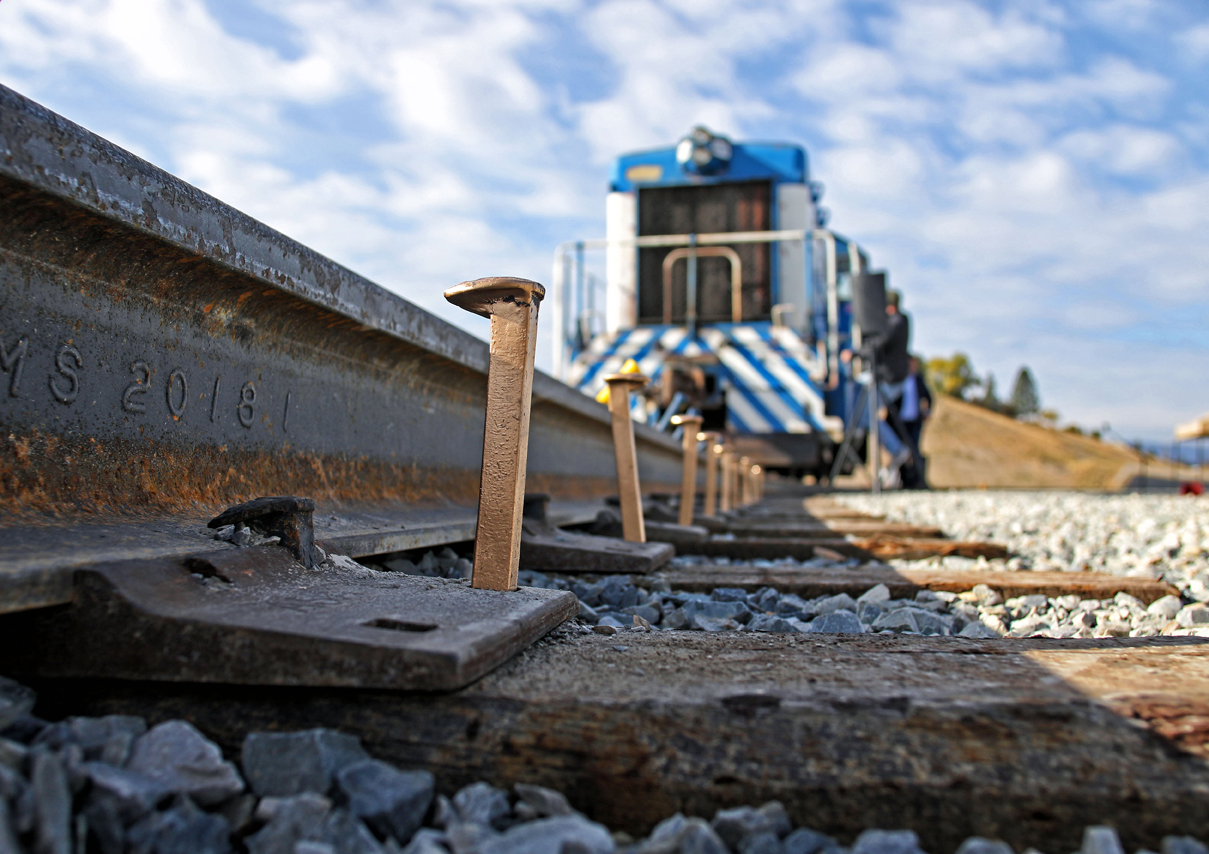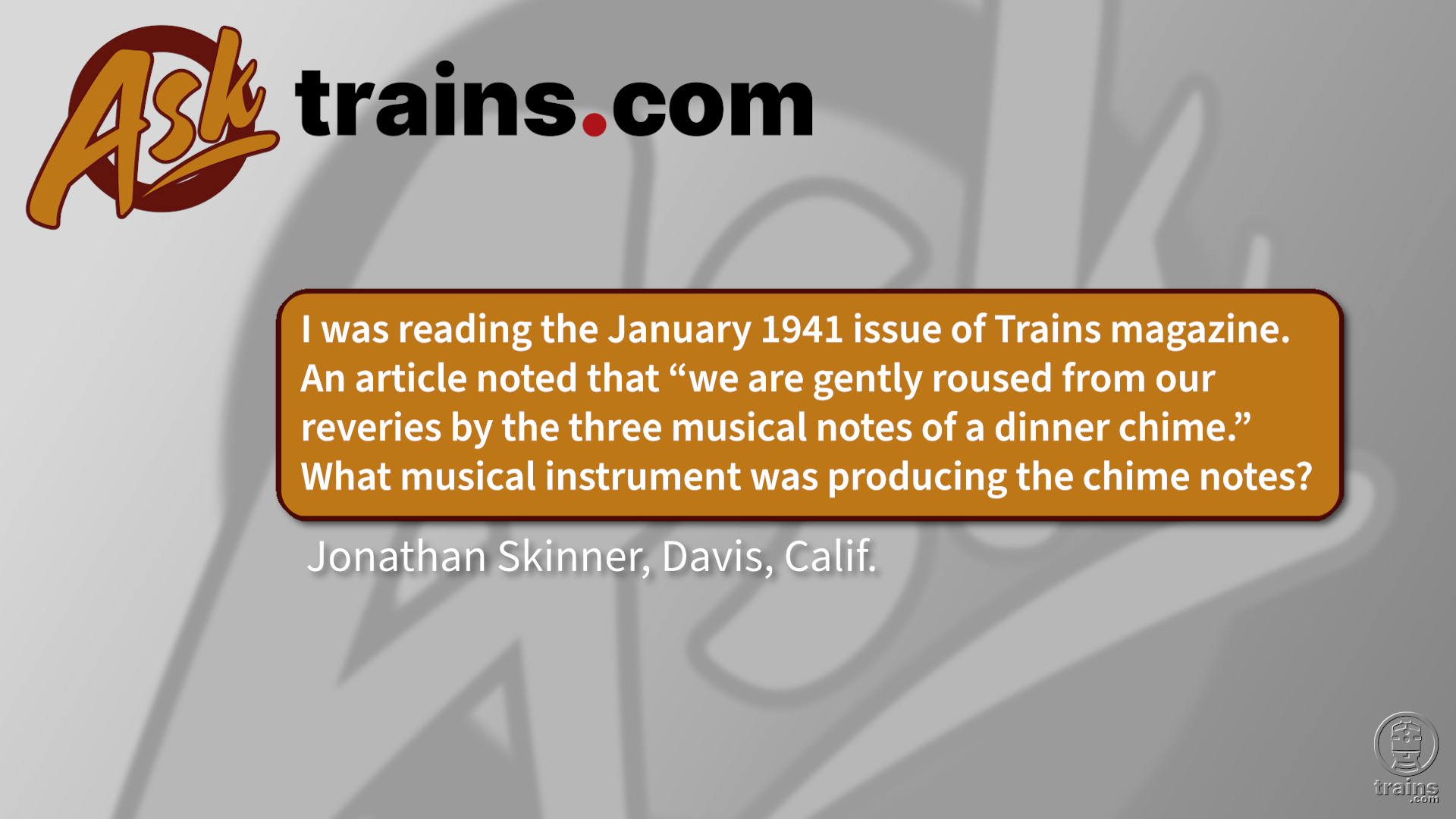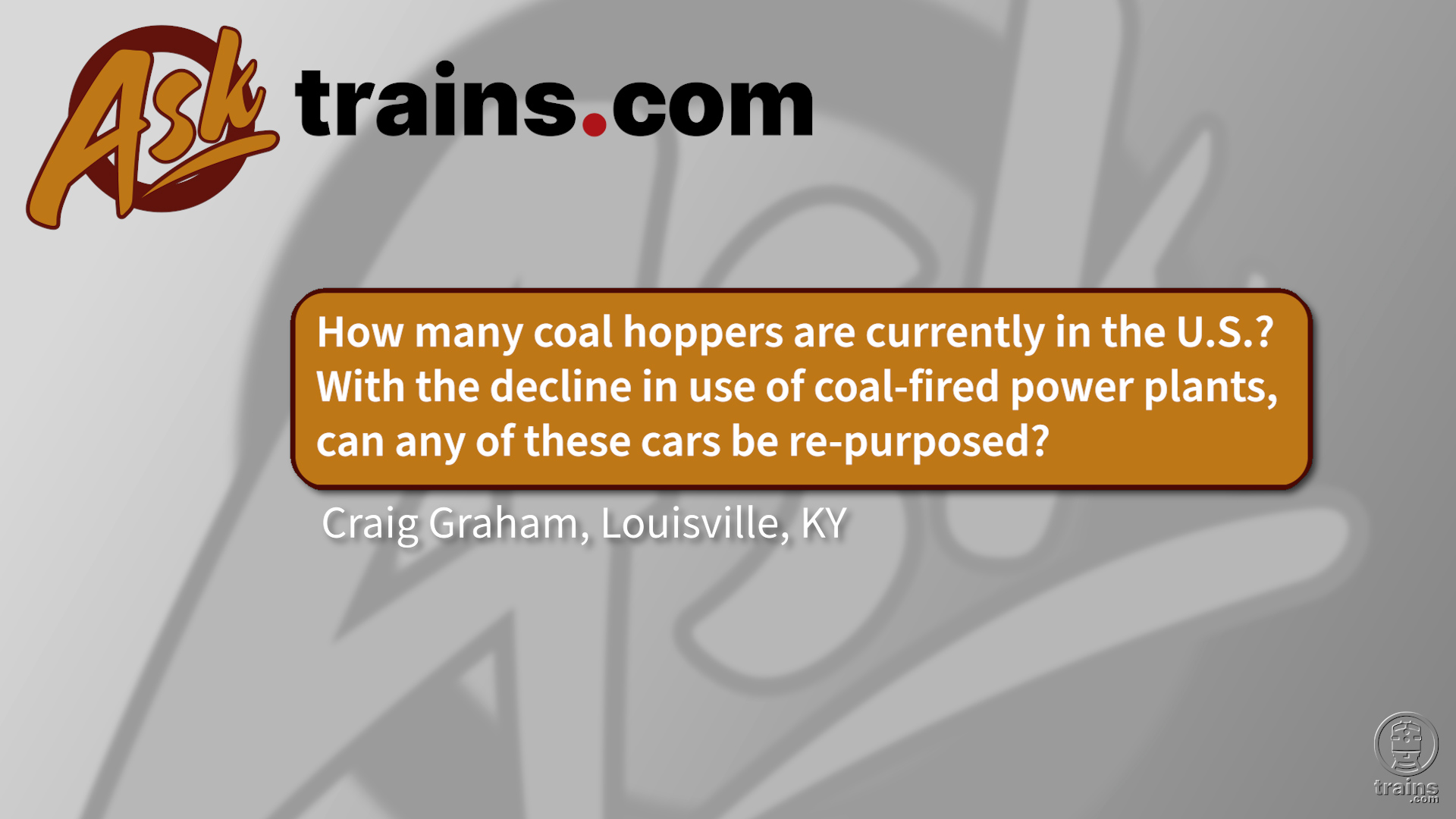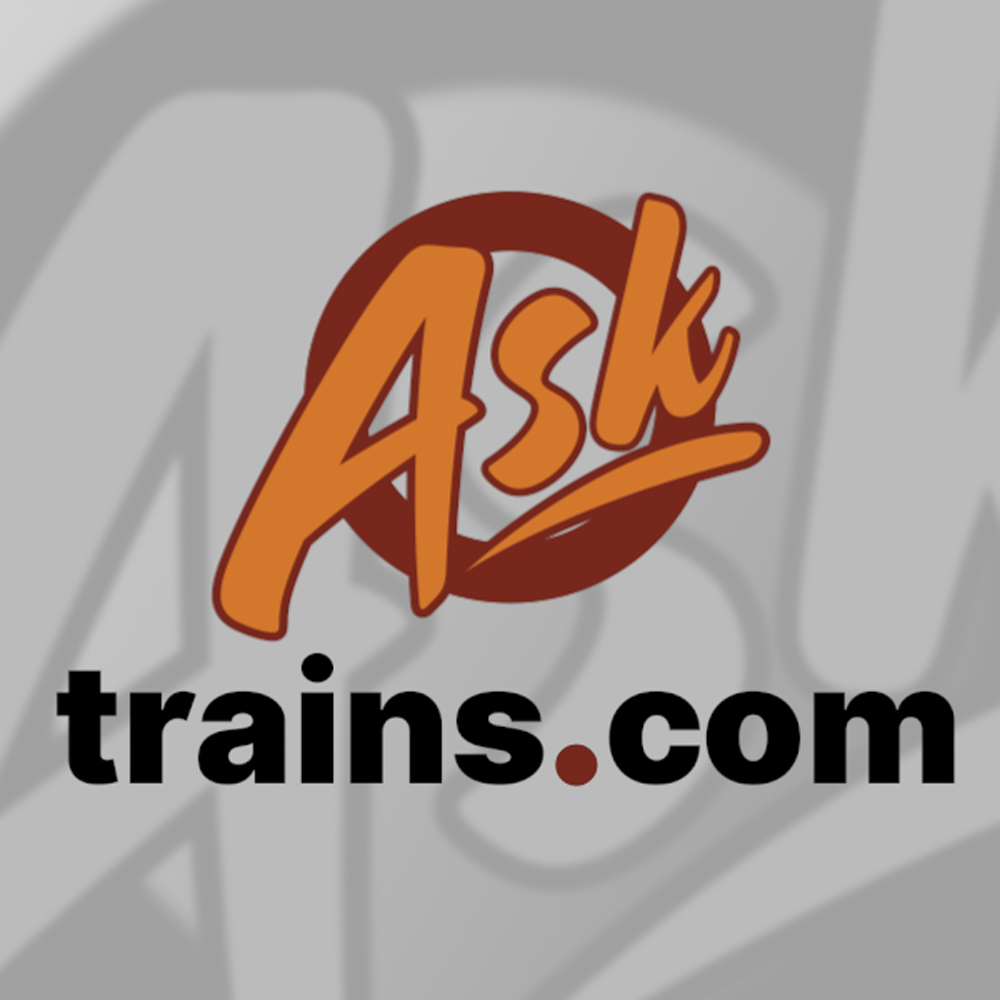Archive: D0219_46-51
Answer: In this picture of spikes just before a track completion, or “golden spike”, ceremony in Montana, the gold-painted spikes are symbols and were not intended to function as standard track spikes.
The additional holes in a tie plate do have a use though: They are for additional track spikes to do an even better job keeping rails in gauge than two spikes alone can do. You often see these large tie plates with as many as eight holes (four on each side of a rail on a single tie) in high-traffic curves, tight curves, and other places where train or natural forces frequently push and pull rail laterally, or side-to-side. Safe, efficient movement of trains requires that rails be as close to proper gauge as possible, which in North America is 56.5 inches. The extra spikes help do that.
You may also see tie plates with multiple holes, such as these, on low traffic lines where they’ve been re-used from busy main lines as a cost-saving measure. — Steve Sweeney













